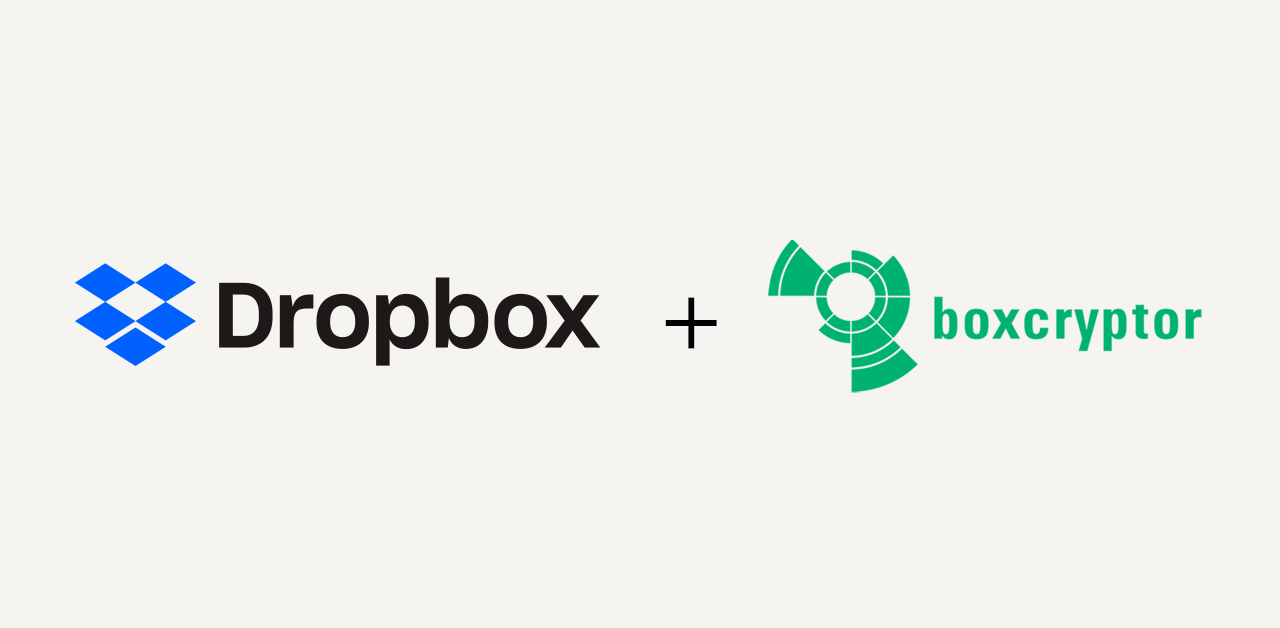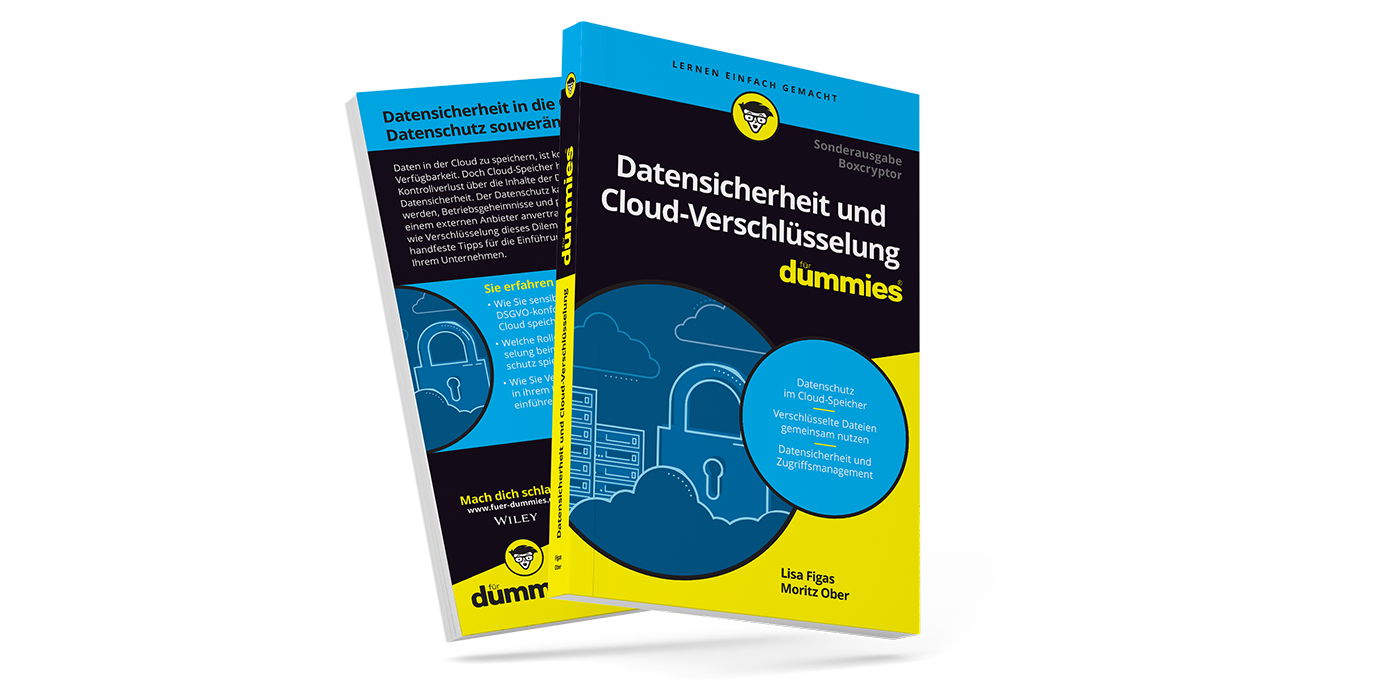5 Common Causes of Data Loss – What You Can Do to Protect Yourself
With more and more businesses switching to digital information infrastructure, there is no doubt that the value of data keeps increasing. Yet, many still underestimate the risk of data loss and every day, individuals and companies pay the price. Losing data is not just a mere inconvenience in your day-to-day work – it can have fatal and lasting consequences for your company’s reputation, financial health, and business continuity. The process of recovering your data can be arduous and, in some cases, downright impossible.
If you are dismissively waving your hand right now, thinking nobody in this world could possibly be interested in attacking your company and stealing your data so, surely, you must be safe – think again. Data loss is not necessarily always the consequence of external attacks. All it takes is a careless action of one employee or a simple technical failure to send all your vital data down the drain.
Keep reading to learn about the most common causes of data loss and – most importantly – solutions that you can utilize to keep these risks at bay.
1. Technical Failure
You would generally assume for new hardware you just purchased to be in mint condition; however, that might not always be the case according to Backblaze: Frequently, hard drives inside data storage devices had suffered some damage during production or transport before they even hit the shelves.
Even if you luck out and get a pristine data storage device, all hardware will eventually deteriorate, resulting in data loss. Flash-based storage, such as USB sticks and SSD drives, support only a pre-defined number of writing processes, rendering them useless after they have gone through a certain (though very high) number of saved files. Traditional hard disc drives, on the other hand, include moving parts, making them prone to mechanical damage when overheated or dropped.
Depending on the kind of storage used, you might also need to look out for demagnetization, issues with the power supply or simply the eventual end of life of your devices. Depending on the manufacturer and technologies used, the life expectancy is typically around 3 to 5 (respectively 5 to 10) years.
Physical damage is one of the most common causes of data loss. This has been proven by many surveys, such as the one conducted by data management firm Storage craft It is not surprising to see that mobile devices do not score well in these statistics: damage caused by improper storage, drops and fractions, as well as general wear and tear are much more likely to affect mobile devices compared to their stationary counterparts.
How to Prevent Data Loss Caused by Technical Failure
While there is no fix-all solution for the aforementioned issues, regularly creating redundancies and backups as well as migrating your data onto new storage media once your old ones start showing signs of imminent failure are all good practices to prevent losing data. Additionally, you can implement auto-save functions and system or software-based data recovery options to counteract minor outages.
Yet another effective way to prevent data loss is moving your data infrastructure to a cloud-based storage service, especially if you are trying to protect large amounts of data. Good cloud providers have the resources needed for professional maintenance of their storage technology and meticulous backup practices, taking a big chunk of responsibility off your hands.
If you are still on the fence about deciding between network attached storage and cloud-based data preservation, perhaps [our blog post comparing the two] (/blog/post/data-security-cloud-vs-nas/) can help you pick a solution. Ready to make the switch, but unsure which provider you can trust? Our comprehensive list gives you some pointers to [reliable cloud services] (/blog/post/list-best-clouds-private-use/).
Furthermore, cloud migration supports prevention of the second group of risks for your digital data: human errors. User-caused technical data loss is the major connection between human and technical reasons for losing data.
2. Human Error
The amount of technology handled by humans on a day-to-day basis is constantly increasing; unfortunately, so is the likelihood of data storage devices being physically damaged due to inappropriate use. Accidents happen: hardware gets dropped, contaminated with food or drinks, stored in unsuitable conditions leading to permanent damage.
Another lurking danger is losing the hardware altogether. Small devices like USB sticks or SD cards are especially prone to this, as they get carried around a lot and are easily misplaced due to their size. Mobile phones, tablets, and laptops are also more likely to get lost or stolen, giving away access to your data into the wrong hands – but more about that shortly.
Lack of knowledge about proper technology use can also endanger your saved files. An untrained employee could accidentally delete files or – even worse – re-format a hard drive. While you might be able to simply recover deleted items from a computer’s recycle bin, the matter gets more complicated if you are dealing with a device with no such bin function available. Recovering thoroughly deleted data often requires the assistance of an expert, which can get expensive or might not be possible at all.
How You Can Minimize Data Loss Caused by Human Error
Once again, cloud saves the day. It is safe to assume that those cloud servers hosting your valuable data are being handled and cared for exclusively by trained personnel, thus minimizing the risk of human-induced physical damage. Cloud providers also keep extensive data backups, giving you the power of version control and making it easier to restore accidentally deleted data. To prevent unknowing users from formatting or corrupting data, cloud user interfaces are reduced to just a few enabled actions, reserving the riskier ones for skilled admins only.
3. Hacker Attacks and Data Theft
Too often, people rely on a weak password to protect their data, making them easy prey for industrial espionage or intelligence authorities, making their business vulnerable when sensitive information falls into the wrong hands. What may seem like an intricate hacker attack is typically just the result of an easily cracked password, leaving the doors wide open for unauthorized guests to walk right in.
At this point, we feel it is important to highlight the other commonly overlooked perpetrators, though: internal (former) employees. While you are busy worrying about warding off external attackers, persons within your organization might be leaking your data or access keys motivated by competition bribes, personal vendetta or just plain maliciousness.
Preventing Data Theft
Setting a strong password is essential, and the sooner you make a habit of it, the better. Consult our guide about [the worst passwords] (/blog/post/the-worst-passwords/) to avoid common mistakes. Another way to reinforce your password protection is using [two-factor authentication] (/blog/post/new-feature-2-factor-authentication-for-all-boxcryptor-users/), making it impossible for hackers to enter your network without a second proof of identity like a mobile PIN code or your fingerprint.
To avoid data leaks from within the company, make sure to put a sustainable data- and user-management system in place. Set up multilevel security so that each user only has access to the data they are authorized to see. Furthermore, take extra care in handling the exit process of employees who previously had access to confidential or sensitive company data.
4. Viruses and Malware
Malware disguised as regular, innocent software can wreak havoc on your IT network. After being installed by the unknowing victim, malware proceeds to spy on you in the background, scanning your activity and compromising your data – or in the case of [ransomware] (/blog/post/ransomware-cloud-encryption/), stealing and holding your data hostage until you pay a ransom to have it released back to you.
Actions to Implement Against Malware
The most effective way to prevent malware from getting into your system is to educate your employees about the dangers of downloading foreign software onto their devices. However, as we have established, human error should not be underestimated, so you need to put some more measures in place:
- contain shadow IT
- restrict administrative access for software installation among employees
- actively audit user activities.
The weak points of cloud storage become apparent in the cases of insider sabotage, hacker attacks, and malware. While cloud services offer strong physical security of data and a good overview on user activity, they are especially prone to data leaks and data loss if their infrastructure is compromised. Fortunately, users can take care of this problem themselves by using strong encryption services – such as Boxcryptor – to render data useless to unauthorized intruders.
With Boxcryptor, companies can profit from the flexibility cloud services offer but are also protected from the consequences of a technical blackout.
5. External Causes of Data Loss
No matter how well your local hardware is secured: environmental impacts such as flooding, thunderstorms, or fire are not always predictable and there is nothing you can do to stop them from happening. Depending on your location, those risks may be reduced, but safety of data loss can only be guaranteed through geographically dispersed and redundant storage locations. Of course, each of these locations need to be appropriately protected from technical and human failure, adding a hefty operational cost which would be impossible to carry for most small and medium-sized businesses.
Relying on Cloud Services to Mitigate Risks
While cloud storage providers arguably face the same challenges, they are far better prepared since taking such dangers into consideration is a vital part of their business model. Here are a few examples of how big cloud providers’ strategy can protect you from environmental impacts:
- geographically dispersed data centers
- redundant backups distributed on several drives
- built-in protection against minor natural disasters
- regular device maintenance, swift and professional repair of broken parts
Conclusion: The Security of Your Data Is in Your Hands
Though there are some dangers regarding data security that you cannot influence, many of the threats and causes of data loss can be avoided. Most of these measures are even effortless to implement, such as switching over to cloud services with the addition of strong encryption software or proper training and sensitization of employees.
It is important to note that each company need to implement slightly different measures depending on their individual processes and requirements. And although there is no final solution for some issues: at least you do not need to worry about aliens stealing your data, meteors striking your company headquarters or sharknados devastating your business – for now, at least.
One thing we can say for sure: raising awareness about the risks associated with computer usage is a critical step towards greater data security and data loss prevention. Cloud storage offers excellent protection against physical dangers and when combined with an additional encryption service like Boxcryptor, your data is safe from the network side as well – resulting in a solid data security level that is ultimately even higher than if your data storage strategy were using no online services at all.



